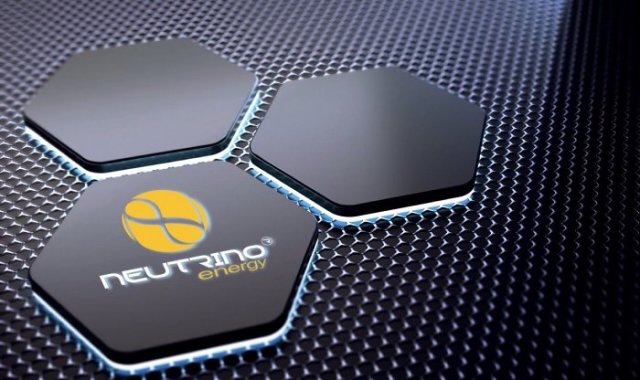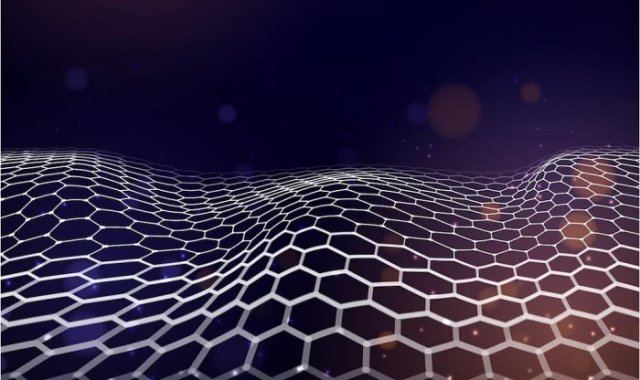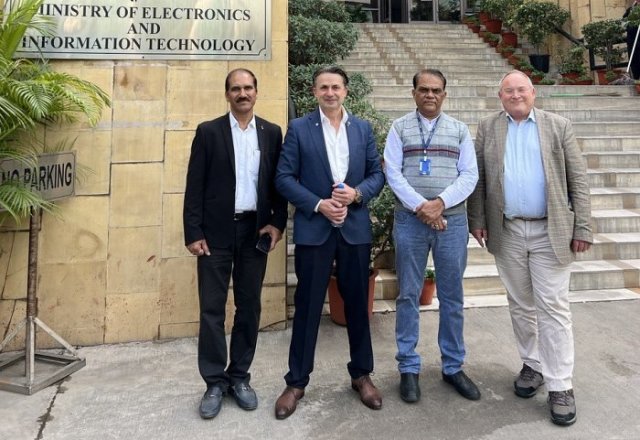
Graphene Few scientists in the world have thought about the fact that the space around us is filled with infinite energy, and only a few have seriously worked on the possibility of "mining" such energy.
The reason for this is probably that a person cannot really perceive and materialize it. In addition, the energy of the surrounding radiation fields is distributed, and not concentrated, like the energy generated by burning fossil fuels or the energy of nuclear power units, solar energy, etc. Therefore, it is absolutely logical that scientists have worked and continue to work only on energy technologies related to concentrated energy, considering such a choice of their research more promising and rewarding work in terms of achievements and materialization of success, not only for the defense of dissertations, but also for career growth, receiving various dividends from the implementation of their developments.
Scientific discoveries that lead to the development of a fundamentally new technology for generating energy are quite rare, and their path from the discovery itself to mass implementation takes more than a decade, so the very idea of obtaining energy under the influence of surrounding radiation fields is still unacceptable for most scientists and specialists of the energy industry, which explains the fact in many ways "accidental" appearance of such a technology in the process of materials research to optimize and increase the efficiency of solar panels. The technology was named Neutrinovoltaic and developed by an international team of scientists from the Neutrino Energy Group company under the guidance of mathematician Holger Thorsten Schubart, who investigated the effect of thin-film coatings from various nanomaterials on the efficiency of solar panels. It turned out that the application of some film coatings led to a decrease in the efficiency of their work. The reason was the increased vibrations of the atoms of the studied materials. The explanation was found in the results of work published in the journal Nature, carried out in the laboratories of Professor Wood at ETH Zurich and in the Swiss Spallation Neutron Source at the Paul Scherrer Institute. The publication shows that when materials are made with dimensions less than 10-20 nanometers, that is, 5000 times thinner than a human hair, the fluctuations of the outer atomic layers on the surface of nanoparticles are large and play an important role in how this material behaves.
The most noticeable fluctuations in the experiments of the Neutrino Energy Group showed graphene atoms, and the atypical behavior of graphene in contrast to other materials studied was noted. The appearance of a "graphene" wave was clearly visible in a high-resolution microscope, which aroused the interest of scientists in the application of such graphene behavior. It took several more years of numerous experiments, which allowed scientists to create a multilayer nanomaterial from alternating layers of graphene and doped silicon deposited in layers on one side of a metal foil, which generates a constant electric current. Such a plate with a size of 200x300 mm at room temperature gives a voltage of 1.5 V and a current of 2 A, which makes it possible to move to the industrial implementation of Neutrinovoltaic technology and the development of generators of various capacities and different purposes based on it.

Graphene Experiments have shown that the power of electric generation depends on the amplitude and frequency of vibrations of "graphene" waves, i.e. on the amplitude and frequency of vibrations of graphene atoms.
It required a physical explanation of the process of converting the energy of the surrounding radiation fields into an electric current and identifying factors affecting the vibrations of graphene atoms. Experiments conducted under various conditions and temperatures have shown that the main factors affecting the amplitude and frequency of vibrations of graphene atoms are the thermal (Brownian) motion of graphene atoms, which depends on temperature. In addition, an atom of graphene (carbon) has an ordinal number 6 in the periodic table of chemical elements and an atomic weight of 12.011, i.e. they are among the lightest. Since the weight of an atom is concentrated in its nucleus, the kinetic energy of neutral neutrino particles having mass can be transferred to the nuclei of graphene atoms only when they collide with them. In this case, some of the low-energy neutrinos may completely lose speed or change the direction of movement. The process is similar to the collision of large (the nucleus of a graphene atom) and small (neutrino) balls at different angles, resulting in a barely noticeable deviation of the nucleus of a graphene atom, but the greater the neutrino energy, the stronger the deviation of the nucleus. This mechanism of interaction is described in detail in the results of the work of the COHERENT collaboration at Oak Ridge National Laboratory (USA). Despite the small size of the graphene atom nucleus compared to the size of the atom itself, this interaction process is very important for increasing the amplitude and frequency of vibrations of the "graphene" wave. In order to emphasize the importance of the effect of neutrinos on the power generation capacity, the technology was given the name Neutrinovoltaic. The amount of vibrations of graphene atoms is also affected by other energy fields, such as an electric magnet, various communication stations and WI-FI, electromagnetic fields, antineutrino flux near nuclear installations, etc. Scientists have concluded that the vibrations of graphene atoms are in a state of resonance, and this state greatly enhances the effect of generating electricity. Graphene has an extremely high electric current density and record mobility of charge carriers. In graphene, each atom is connected to 3 other carbon atoms in a two-dimensional plane, while one electron remains freely available in the third dimension for electronic conductivity. Fluctuations of the "graphene" wave cause the appearance of an electromotive force in each layer of graphene, which can be from 12 to 20. In order to direct the flow of charged particles in one direction, films of alloying elements are used, creating a p-n junction, passing current only in one direction.

Neutrino Energy Group The first plant will begin serial production of Neutrino Power Cubes of non-fuel generators with a net capacity of 5-6 kW in Switzerland at the beginning of 2024, technical certification is currently being carried out for the admission of products to the EU market.
Also this year, construction of a plant for the production of Neutrino Power Cubes begins in Korea, which according to the plan should begin production at the end of 2024, reaching an annual output of 30 GW by 2029. And in 3 years it is planned to introduce a self-charging Pi electric car, the body of which will have points of "collection" of energy and a system of capacitors. Such an electric vehicle is being developed by Neutrino Energy Group together with the Indian company Center for Materials for Electronic Technologies (C-MET) in Pune, a leading government laboratory of the Ministry of Electronics and Information Technology (MeitY), headed by CEO Dr. Bharat Bhanudas Kale — a member of the Royal Chemical Society in London, one of the world's most famous scientists in the field of energy and Materials, as well as by SPEL Technologies Pvt. Ltd. — the first and currently the only manufacturer of supercapacitors and their improved versions in India. Dr. Rajendrakumar Sharma, CEO of SPEL Technologies, is called the "father of supercapacitors." Thus, a random result of research from parallel scientific fields became the basis of a fundamentally new technology for generating Neutrinovoltaic energy, which is able to change the foundations of the traditional energy system in the world and the way of life of mankind on the Planet as a whole. [...]
Author: Ph.D. Rumyantsev L.K.
